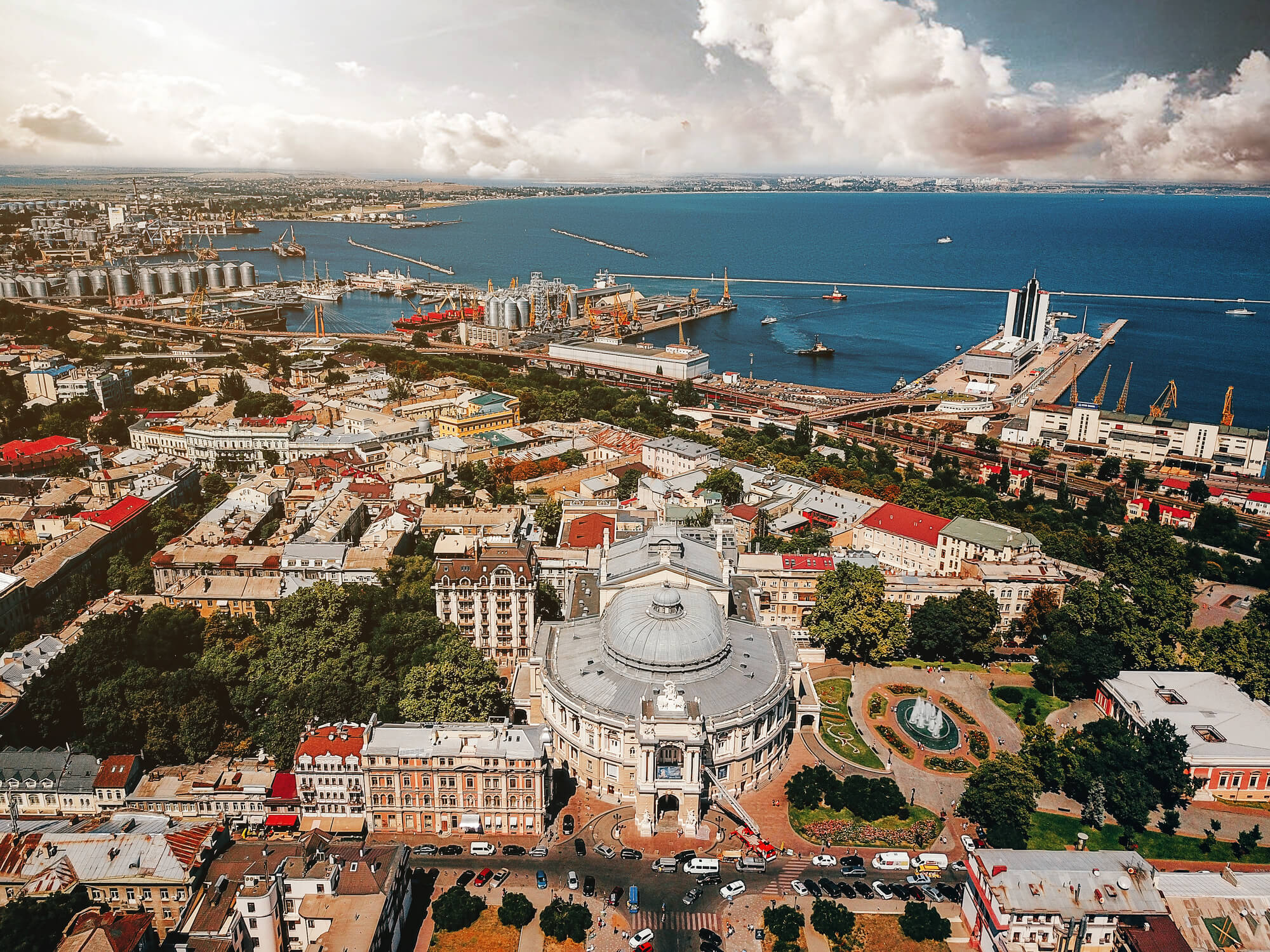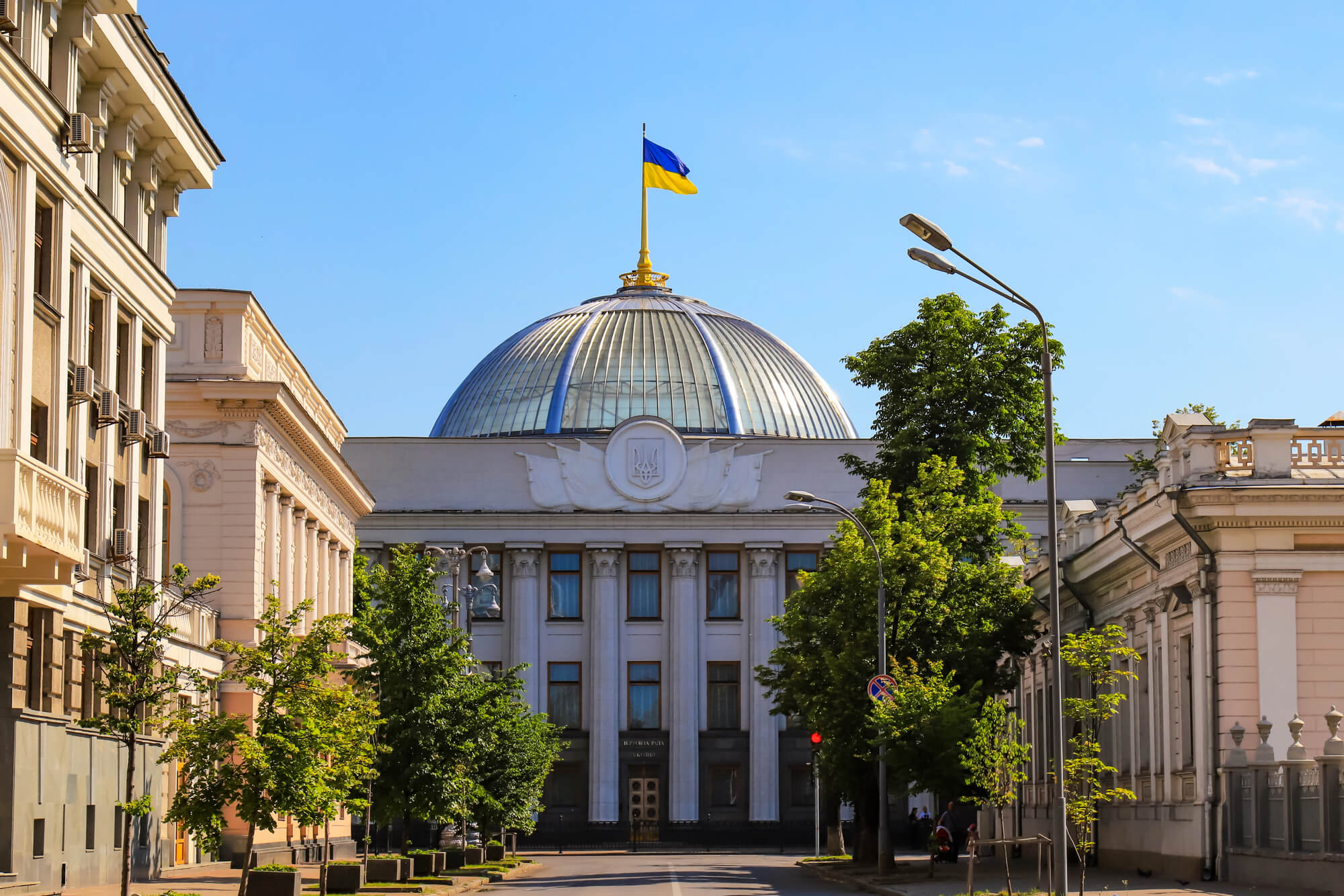It now seems more and more likely that Eastern Donbass (the area currently controlled by the self-proclaimed Donetsk and Luhansk People’s Republics) will become a frozen conflict zone, a territory in which the Ukrainian government will have little power to enforce its laws and where slowly a parallel governance system, an unrecognized ‘quasi-state’, will emerge. In the absence of a viable military alternative, one option likely to be considered by Ukraine and its Western allies is to exercise ‘strategic patience’.
As discussed in a Foreign Policy article by Lincoln Mitchell and Alexander Cooley, this approach has been until recently employed by Georgia and the US in their dealings with Abkhazia and South Ossetia. ‘Strategic patience’ consisted, according to Mitchell and Cooley, of:
“helping Georgia develop into a prosperous and democratic country under the assumption that once this happened the people of Abkhazia would naturally want to rejoin Georgia. In practice, therefore, StratPat meant doing nothing – certainly not building relationships with anyone in Abkhazia.”
“Strategic patience” option assessed
An important assumption behind ‘strategic patience’ thinking is that quasi-states (QS) emerging in contested frozen conflict zones will not do well either politically or economically, fueling a sense of frustration with the corrupt regime and the breakaway status quo.
Prima facie, there are good reasons to expect QS, such as Transnistria, Nagorno Karabakh, Abkhazia, South Ossetia, and, potentially, also Eastern Donbass, to implode in the absence of international recognition and economic isolation. In his 2006 article “The Sustainability and Future of Unrecognized Quasi-States”, Pål Kolstø lists some of the obvious reasons for their difficulties.
First, QS are typically off to a bad start, with much of the infrastructure lying in ruins after a ferocious civil war fought (mostly) on their territory prior to secession. While there is considerable empirical evidence suggesting that wars do not necessarily inflict long-term damage to a country’s economic development, a crucial condition is that war really ends and is followed by stable peace (see, for example, “Civil War” by Christopher Blattman and Edward Miguel (2010)).
Second, like any new states, QS at least initially lack in governance machinery and skills, and are unable to collect taxes and perform the basic functions of government, ensuring personal security, let alone property rights. These initial difficulties (often shared by the parent states – Ukraine, Georgia and Moldova) are compounded by the lack of international recognition. As argued by Kolstø, the QS status “puts a damper on normal legal trade with the outside world, and encourages illegal business”. While enriching the political elite of QS (through cuts and kickbacks), smuggling and other types of illegal business do not help QS emerge from the post-civil war institutional limbo and develop a normal, business friendly institutional framework.
Third, non-recognition carries additional economic cost as foreign investors will be reluctant to invest in a jurisdiction where legal contracts are not internationally binding, international conventions have limited applicability, and investment may be wiped out through an outburst of hostilities (such as the 2008 war between Russia and Georgia over South Ossetia).
Yet, despite these less than auspicious circumstances, neither Abkhazia nor any other QS on the fringes of the former USSR have succumbed to more than 20 years of isolation and non-recognition. Rather than crumbling and crawling back, these “frozen economies” appear to be doing sufficiently well to establish a reasonable degree of internal legitimacy and sustain themselves over time.
In part, this has to do with the unenviable condition of the parent states’ own economy and politics. Both Georgia and Moldova were failed states for much of the 1990s – corrupt, criminal, plagued by brain drain and, as a result, not attractive enough for the ‘strategic patience’ policy to work. The other major factor for the economic and military sustainability of unrecognized QS has been the existence of a powerful external patron. What Russia is for Abkhazia, South Ossetia and Transnistria, Armenia is for the Nagorno Karabakh Republic (NKR). The same pattern is also to be found elsewhere: EU and NATO ‘patronize’ and protect Kosovo; US and Turkey do the same for Taiwan and the Turkish Republic of Northern Cyprus (TRNC), respectively. The presence of these two factors – an (initially) weak parent and a strong patron – are hardly incidental. Both are at the root of the secession phenomenon in the first place.
While none of the post-Soviet QS are star performers, the scanty evidence that is available to us suggests that the policy of ‘strategic patience’ has not been very effective so far. Despite very bad initial conditions and the high toll on investment and quality of institutions exacted by the lack of international recognition, QS do well enough to generate a sense of loyalty and patriotism among the local population that chose (or ‘was chosen’) to remain under their control. At least in the case of Transnistria, the parent state (Moldova) failed to decisively outperform its former territory. While, arguably, Georgia has accomplished a great leap forward since 2003, this did not translate into a change in perceptions and political preferences on the Abkhazian or South Ossetian side of the divide. Moreover, an economically stronger and modern Georgia may be perceived as more of a threat (particularly, after the 2008 attempt at forceful re-unification with South Ossetia).
Public perceptions have been a subject of a very interesting set of parallel surveys conducted in 2010 by John O’Loughlin of the University of Colorado at Boulder, together with several colleagues. Simultaneously held in Georgia and Abkhazia as well as in Moldova and Transnistria, these surveys suggest that people in QS are not necessarily unhappy about their existence. In “Divided Space, Divided Attitudes? Comparing the Republics of Moldova and Pridnestrovie, O’Loughlin et al argue that while being richer (according to ‘official’ per capita income data) people in Transnistria feel richer. Moreover, a higher share of people in Transnistra think that their country is better off than Moldova compared to the share of Moldovans thinking that Moldova is better off than Transnistria. The findings of O’Loughlin et al for Abkhazia and Georgia (“Inside Abkhazia: a survey of attitudes in a de facto state) are quite similar, lending little support for the ‘strategic patience’ doctrine.
Lessons learned for Ukraine
With a population estimate of 3mln, the eastern part of Donbass (not controlled by the Ukrainian government) is much larger than all other post-Soviet QS. In terms of its size and economic structure, it is closest to Transnistria (about 500,000 citizens). Both Donbass and Transnistria have been the mining and industrial centers of their parent states and have rather similar human capital and factor endowments. Designated for manufacturing by the Soviet planner, both have been magnets for internal migration by (mostly Russian) engineers, technicians, miners and steelworkers. This Soviet legacy puts them at an advantage relative to three tiny ethnic enclaves in the South Caucasus which have been historically specialized in tourism (Abkhazia) and agriculture (South Ossetia and Karabakh).
Like Transnistria, Eastern Donbass is likely to be on the receiving end of Russian subsidies, trade contracts and infrastructure investment, and last but not least, military protection. Eastern Donbass’ size and the fact that it directly borders on Russia further weakens the case for isolation and ‘strategic patience’ as a means of achieving re-unification.
What are then the options for Ukraine and Eastern Donbass?
While the pain is all too fresh for both sides in the recent conflict, the only viable strategy for reunification is mutual political engagement and economic integration. The rationale to re-integrate economically (in all frozen conflict areas) will only get stronger over time, and will undoubtedly play a role in bringing divided people together, once the memory of war and human loss recedes into the background. What may support a move towards greater economic (and, eventually, political) integration is the fact that despite years of separate existence, people in divided areas continue to share the same values. Such is another finding from the survey work conducted by O’Loughlin et al in Transnistria and Moldova, Abkhazia and Georgia.
Despite the lack of recognition and years of hostility, economic integration has eventually made it to the agenda of Transnistria and Moldova. A sizeable share of Transnistria’s exports goes to the EU (through Moldova); discussions are underway concerning construction of additional bridges over Dniester to improve communication and trade linkages.
After more than 20 years, Georgia is also gradually coming to realize that negative rhetoric (branding secessionists as “Russian puppets” and “terrorists”) and continued military and political confrontation are counterproductive in the sense of keeping the borders sealed and preventing mutually beneficial trade and human connections. Back in 2012, Bidzina Ivanishvili made economic linkages (e.g. reopening the railway connection to Russia via Abkhazia, and restoring the famous Ergneti market straddling the border with South Ossetia) a key subject of his election campaign. While yet to be realized, Mr. Ivanishvili’s pragmatic vision of using mutual economic interests in order to overcome the trauma of recent bloodshed, is worth of serious consideration by Ukraine and all other parties to frozen conflicts in the region.
Attention
The authors do not work for, consult to, own shares in or receive funding from any company or organization that would benefit from this article, and have no relevant affiliations




